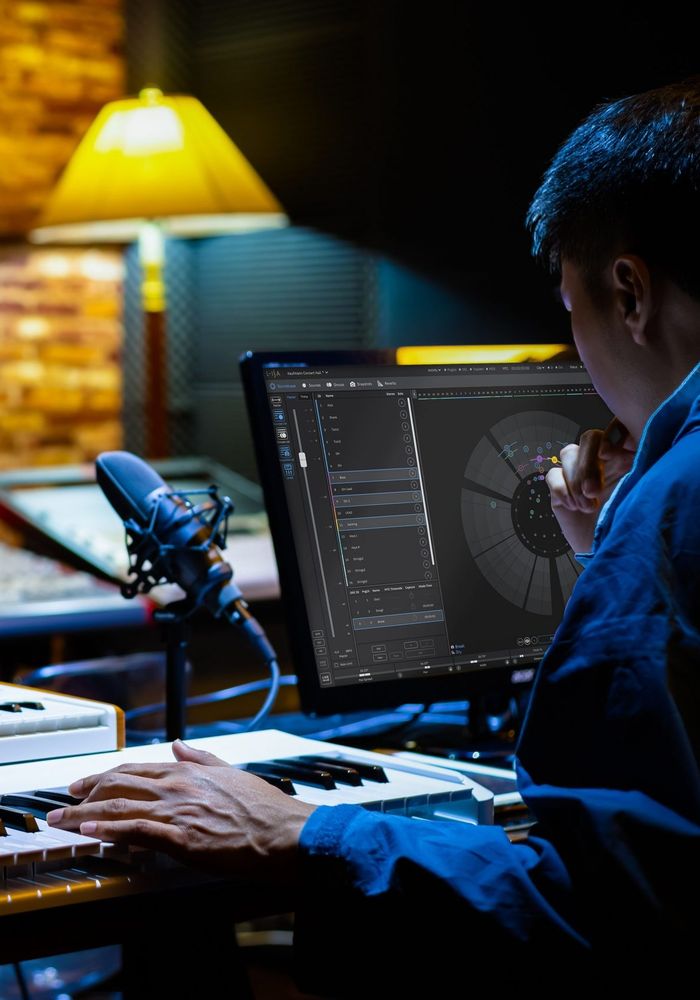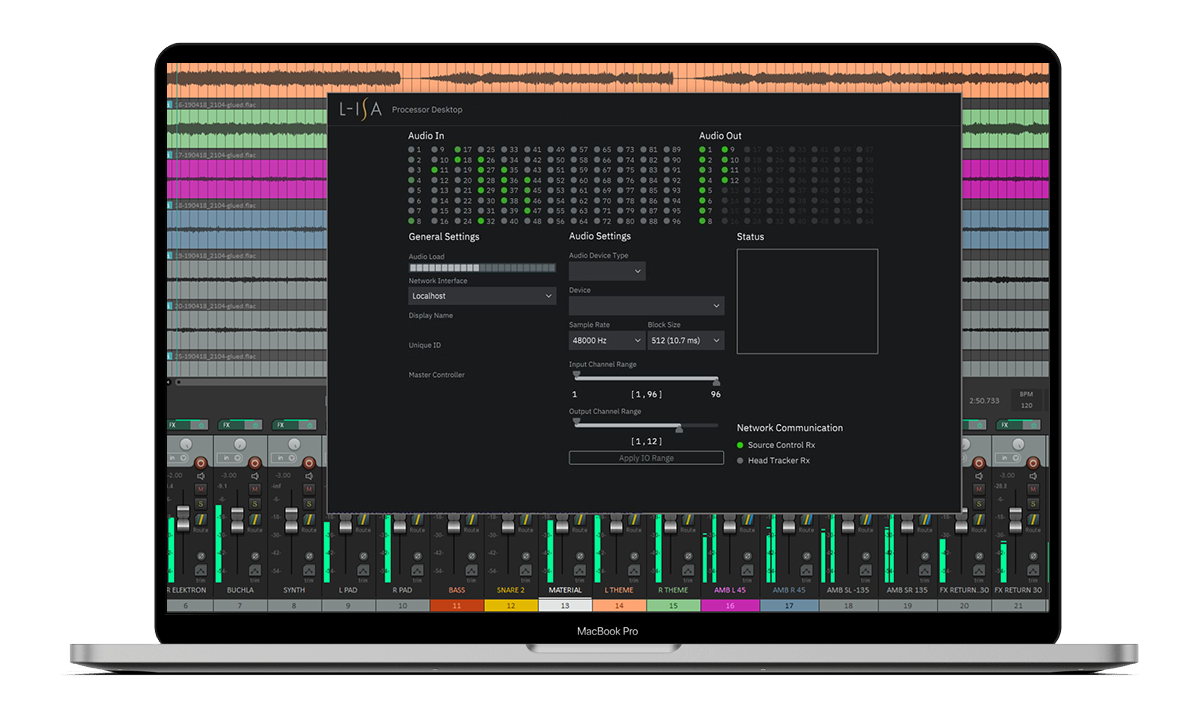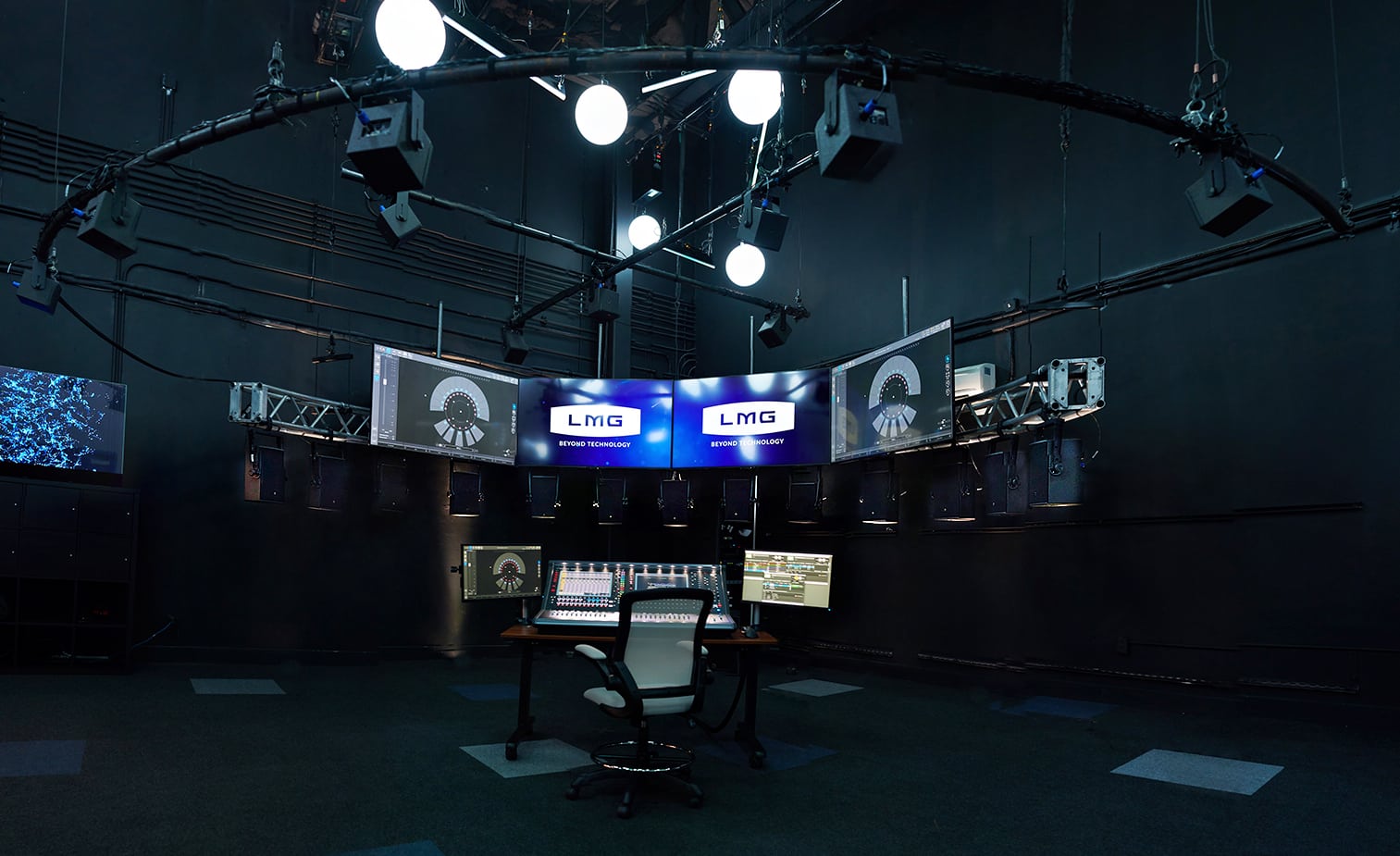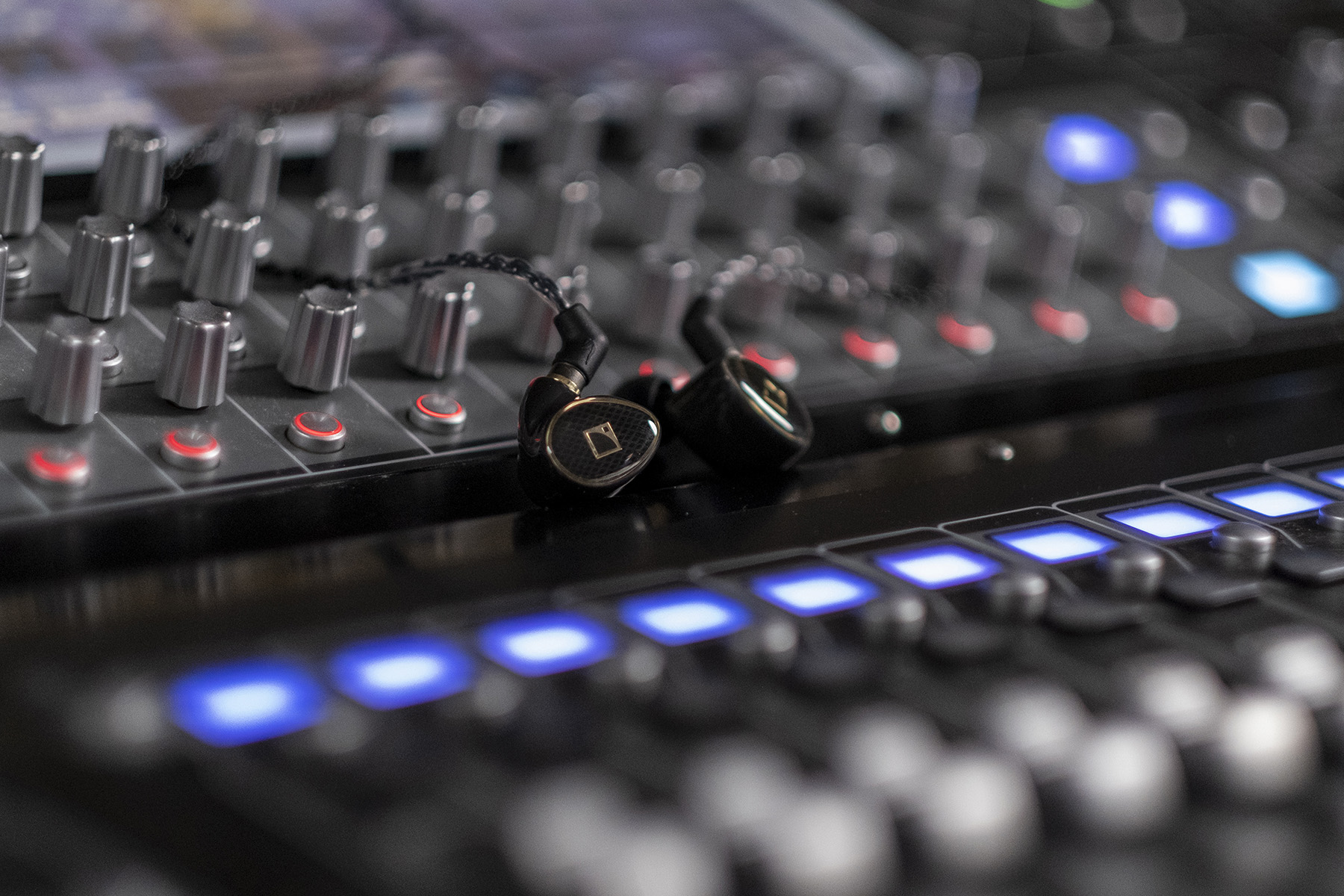We bring you an exclusive review of L-Acoustics' brand new L-ISA Studio – the French manufacturer’s immersive mix system which allows for up to 7.1.4 mixing on any set of headphones using only a laptop. And you don’t even need an audio interface.
L-Acoustics is, of course, most recognised for its work within the live sound sector; a leading manufacturer of loudspeakers with a product range that suits pretty much any audio application: touring of all levels, events, install, AV, house of worship – the list is long.
The company has also earned the reputation as one of only a handful of brands to really ‘crack’ an immersive audio experience at a live show via its L-ISA technology (which stands for Immersive Sound Art). Used by a bunch of international touring artists including Mercury Prize-winners, alt-J and US rock band, Soundgarden, L-ISA’s multidimensional capabilities allow creatives to literally shape their own sound at live shows – so what you hear is quite literally what you see.
And it’s not only the huge acts and full-size venues that are benefitting from L-ISA. Headliner contributor, Adam Protz, experienced this first-hand at a Samuel Kerridge show at EartH Hackney back in 2019 - a great little venue fitted out with a full 360° L-ISA setup. He wrote at the time:
“I’m pretty sure my soul has been astral-projected into the next dimension; L-Acoustics 360° technology ensures that every audio vibration pervades the being of the audience from every direction; it’s a trippy experience.”
Recently I was invited to the L-Acoustics Creations headquarters in Highgate to check out the manufacturer’s highly impressive immersive showroom. To cut a long story short, standing in the sweet spot in the centre of the room, and with all speakers engaged (there are many configurations available), I was able to listen to an immersive mix of Radiohead’s Paranoid Android taken from a live show, and my jaw hit the floor. Wherever I looked in the room, I heard – like Adam said about the show at EartH, and like alt-J’s manager told me when he was first introduced to L-ISA.
But then came the really interesting part.







